The content of the article
Almost all parents sooner or later hear the word “diathesis” from the pediatrician. But before you buy up unnecessary medications and react nervously to every reddening of the baby’s skin, you need to understand what doctors understand by this term and how to get rid of rashes.
What it is?
First of all, parents, especially those who first encountered redness that appeared in the baby, need to remember: there are no diseases called “diathesis” in the medical manuals. Under this word, pediatricians mean a predisposition to a particular disease, namely:
- to allergic reactions;
- to metabolic disorders;
- to impaired functioning of the nervous system or internal organs.
It is important to note that diathesis in its proper understanding is not a disease, but simply a feature of the body that is genetically determined, therefore it is impossible to get rid of it.
If the pediatrician spoke about diathesis as the cause of redness, you must carefully listen to the doctor’s words - the word itself is not a diagnosis, more important than the redness caused, and how to deal with it.
Classification
The first on the list of diathesis is neuro-arthritic. The child has a metabolic disorder, the cause of which is an increase in the excitability of the nervous system. This type of diathesis is characterized by skin, joint and nervous disorders, in addition to redness, it can also be accompanied by stuttering or, for example, pain in the knees, and such symptoms in a baby are difficult to detect.
The second type of diathesis is lympho-hypoplastic, the cause of which is a violation of the thymus gland. Symptoms include swollen lymph nodes, impaired adrenal function, a tendency to diseases caused by infections, and allergies.
The third type is allergic diathesis, that is, a tendency to the appearance of allergic reactions on the skin. Its manifestations are allergic dermatitis and reduced resistance to infections. Unlike the previous two, this diathesis appears early, at the age of 3-6 months, and passes through 1-2 years.
It is worth noting that each of the types of diathesis can be accompanied by allergic reactions to the skin, which include redness. However, the causes of this manifestation of allergies are different, this is only a symptom with which you can deal with varying success.
Allergic dermatitis
In the vast majority of cases, parents call allergic dermatitis diathesis. Therefore, do not be scared if the pharmacist in the pharmacy, in response to a request to advise something “from diathesis,” offers a remedy in the instructions to which this word will not be mentioned.
- with food;
- when breathing
- when touched.
In such cases, the doctor will draw the attention of the parents to the methods of treatment of the corresponding type of allergy. Therefore, it is not worthwhile to simply refuse to use certain foods and wait for the improvement of the condition of the child to nursing mothers. Other factors must be taken into account, including the cosmetics used, clothing, the composition of tap water, the sweating of the child, the quality and quantity of food. Only by evaluating all the impact factors in a comprehensive way, we can find out what triggered the appearance of rashes.
According to doctors, to find out the cause of allergic dermatitis is quite difficult.Rashes can appear a long time after contact with an allergen, which the child's parents may not remember. Anything can turn out to be an allergen - from the perfume of a relative who came to visit guests to the metal rings on the hand that the child was stroked.
How to distinguish allergic dermatitis
At the initial stage, a diathesis rash appears on the cheeks of the child, it can be confused with a blush. Later, rashes can appear on the buttocks, legs and elbows. The lesions soon begin to peel off, moist, non-healing areas and pimples appear. In this case, the rashes itch, which does not contribute to their early healing, and also violates the calm and sleep of the child. After some time, the spots darken and become covered with bubbles, and seborrheic crusts appear on the head. Another distinctive feature of allergic dermatitis is diaper rash, which appears with a greater frequency and is difficult to treat.
It is important to remember that at the initial stage, allergic dermatitis is easily confused with diseases such as eczema and psoriasis. A distinctive feature of these diseases is transience. So, from the moment of redness to the appearance of ulcers with diathesis rash, days pass, while psoriasis and eczema progress literally in a few hours.
When the first signs of the disease appear, it is necessary to consult not only with a pediatrician, but also with a dermatologist, gastroenterologist and allergist. Only an integrated approach will allow you to quickly identify the cause of an allergic reaction and alleviate the condition of the child.
How to fight
The occurrence of an allergic rash in a baby from the first days of his life largely depends on his mother’s lifestyle during pregnancy. It is recommended to eat balanced, more often to be in the fresh air, and also to avoid possible allergens, for example, sharp smells of paint. As a precaution, you should refuse to eat citrus fruits, chocolate, as well as products that contain artificial colors and preservatives. In addition, allergies are often caused by:
- milk;
- nuts
- soybeans;
- wheat;
- the eggs.
Despite the precautions, rashes can still appear. Allergic parents should be prepared for them, especially if both the mother and the father of the child have allergies.
In the event that allergic dermatitis has nevertheless appeared, all possible allergens, both food and contact and respiratory, should be excluded. The exact cause of the rashes can probably be determined with the help of doctors, however, to quickly alleviate the condition of the child, you need to think about what can cause an allergy, and try to get rid of its source yourself.
In most cases, rashes in infants appear due to improper feeding. It is likely that children will experience an allergic reaction even to breast milk. This is due to the fact that a woman during pregnancy or after childbirth eats milk of animal origin. An allergy caused by infections or bacteria can also develop if hygiene is not observed when feeding.
In addition, there are a number of other factors that affect the appearance of rashes:
- digestion problems;
- intestinal microflora disorders;
- premature introduction of complementary foods and its wrong choice;
- overfeeding;
- ecology.
Drug treatment
Allergic dermatitis can be treated with a complex of drugs of various effects - antihistamines, enterosorbents, as well as ointments for topical application and means for restoring intestinal microflora are needed (the latter is especially important if the allergy is associated with digestive disorders and poor nutrition).
Antihistamines (antiallergic) drugs are primarily aimed at relieving allergy symptoms, some have sedative properties, which is useful in case of anxiety of a child due to illness. Enterosorbents remove allergens and toxins from the body.In addition, it is widely practiced the appointment of a complex of vitamins that help the baby's body to form the enzymes necessary to combat allergies.
On the shelves of pharmacies you can find antihistamines of the first, second or third generation. They differ in the effect on the body. First-generation antihistamines have a sedative and local anesthetic effect, but they have several drawbacks: these drugs are addictive and act for only 3-4 hours. Therefore, infants are recommended to give such drugs no more than 2 weeks, moreover, it is necessary to change the medicine so that it is not addictive. Second generation antihistamines do not have a sedative effect, but are not addictive, so they can be drunk in courses of 2-3 weeks without changing the drug. Another advantage is the duration of action - second generation antihistamines are drunk only once every 24 hours. Third-generation drugs contain the active components of second-generation drugs, so they act faster.
Most often, the following drugs are prescribed for the treatment of allergic dermatitis in children 1-6 months old:
- Fenistil;
- Peritol;
- Avil
- Pipolfen;
- Suprastin;
- Zirtek;
- Claritin;
- Elastin.
The most popular drug for external topical use is Bepanten. Its effectiveness is explained by the fact that, penetrating the skin, the active component strengthens it and accelerates recovery. Apply the ointment with a thin layer to all affected areas, you can use it even with allergies in newborns.
The same active substance is part of ointments and gels with other trade names: D-Panthenol, Dexpanthenol, Pantoderm. They can also be used in children of any age. The same drugs are used to combat diaper rash.
In the arsenal of many parents struggling with allergic dermatitis in children, zinc ointment is also present. It is primarily used to combat diaper rash, but it can also help with rashes that have appeared on the skin for other reasons. But it must be used with caution: the fact is that zinc is also a serious allergen, and ointment can only worsen the situation with rashes. In addition, it dries the skin, which, of course, is useful when pimples and blisters appear, but it is unpleasant when peeling a baby’s skin. If parents decide to use this remedy to combat allergies, it is necessary to treat the baby's skin and moisturizers in order to avoid overdrying.
Folk methods
- It is possible to combat the manifestations of an allergic rash with the help of calcium, so many people use egg shells for this. Before removing it from a boiled egg, it must be thoroughly washed without the use of cosmetics (it is possible to use soda). The removed shell must be dried (it takes 2-3 days) and crushed to a powder. This powder is given to children a teaspoon twice a day.
- A decoction of chamomile or a string. These herbs are boiled for about 15 minutes, then the broth is insisted for another half hour. It is added to the bath before bathing, usually in the evening. A string and chamomile relieve itching and inflammation, have a calming effect, which allows the child and his parents to sleep at night.
- Fir oil. Fir also helps to relieve inflammation, so fir oil is often used to make ointments. To do this, add fir oil (1 to 3) to the cream (for children, with vitamin C). The skin areas on which allergic dermatitis has appeared are lubricated in the morning and evening.
In addition, children who have rashes on the skin are used for bathing, and less affordable means, for example, decoctions from the roots of chicory or viburnum. In any case, before self-medicating, the parents of the baby need to consult with doctors.
Diathesis at first glance seems to be a dangerous general disease that occurs in every second child.But after understanding the causes of the appearance of rashes, parents, as a rule, understand that in the fight against allergies, they only need to follow the simple rules for caring for the child and feeding it. In the vast majority of cases, this unpleasant disease does not have any serious effect on the life and health of children.
Video: what is diathesis and should it be treated?

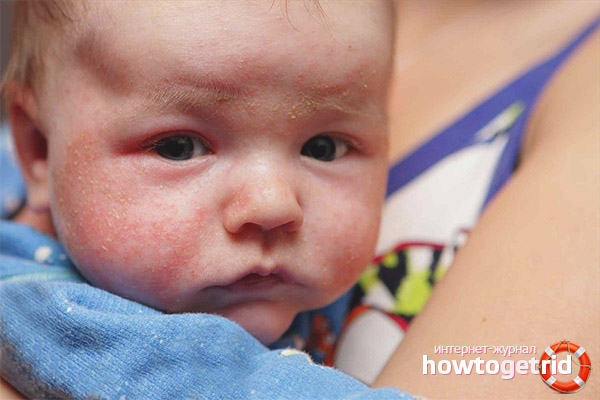
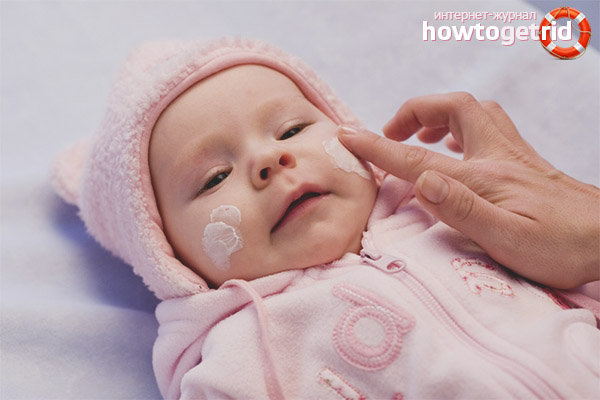
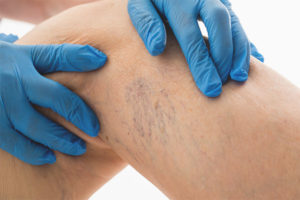

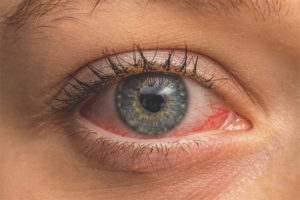


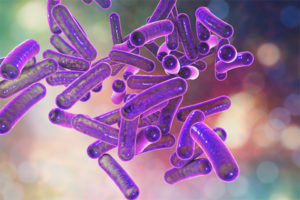
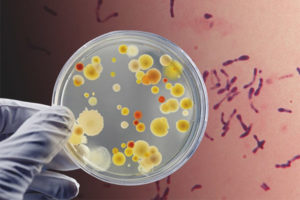

Submit